The name of the plant according to the botanical classifier: Prunus Amygdalus, var. amara Countries of production of natural raw materials: America, France, Israel, England, Holland Parts of the plant going into processing: fruits Types of raw materials obtained: essential oil Production methods: distillation Physical characteristics of raw materials: transparent, colorless, mobile liquid Olfactory characteristics of raw materials: sweet, fresh, clean smell, reminiscent of crushed fresh almonds and marzipan sweets Olfactory group: gourmet Position in the olfactory pyramid: top note Additional information: The main odorant of bitter almond oil is benzaldehyde, which has a high volatility. Therefore, the note of almonds in most cases is the top note. It is used mainly in gourmet, floral and woody compositions, but there is no clear prescription for genre use here, as in other cases. Everything is decided by the concentration of the material in the formula. Almond oil adds woody bitterness, an effect called "cyanide", and emphasizes floral, gourmet and warm woody notes, creating a contrast. Among other things, the cyanide tint of almonds almost always appears in cherry chords. For the needs of perfumery and flavoring, raw materials are used with prussic acid extracted from it, which is highly toxic. Compositions with the dominant or main smell of the component: Serge Lutens Louve, Guerlain L'Instant Magic, Lolita Lempicka Amarena Whim, Coquillete Sulmona, Initio Parfums Prives High Frequency, L'Artisan Parfumeur Jour de Fete, The House of Oud Almond Harmony, Guerlain L'Homme Ideal, Montale Amandes Orientales, Dior Hypnotic Poison, Demeter Almond and others.

0%

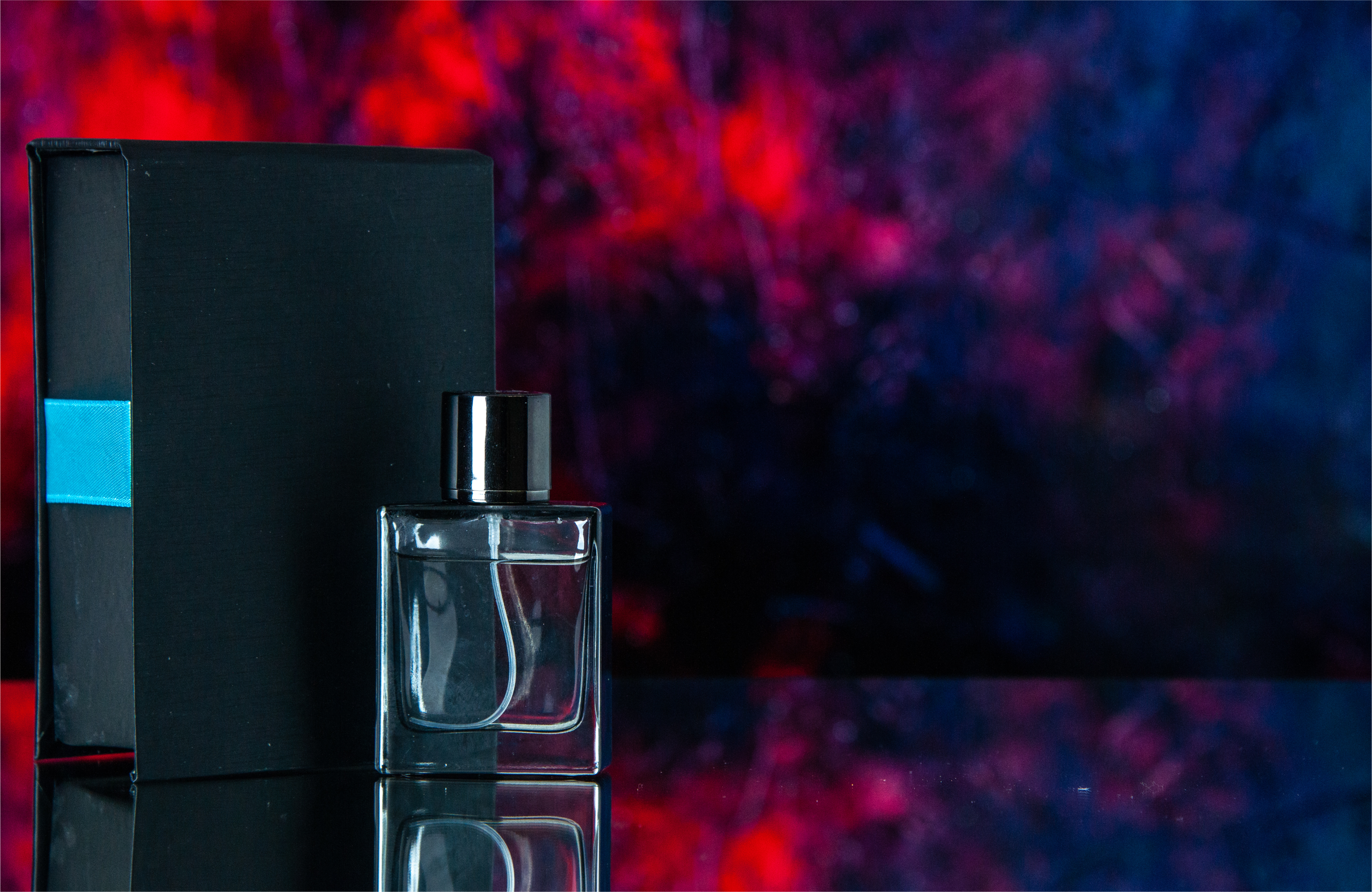
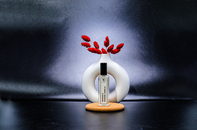
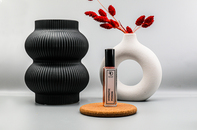
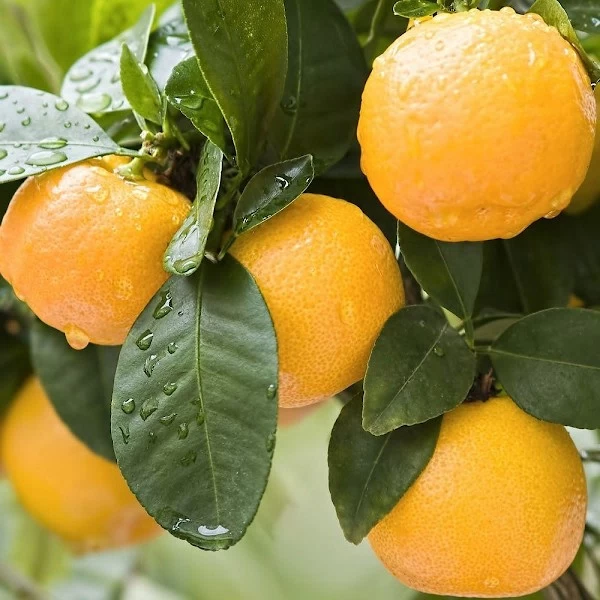




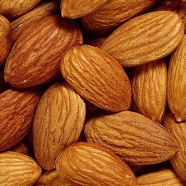
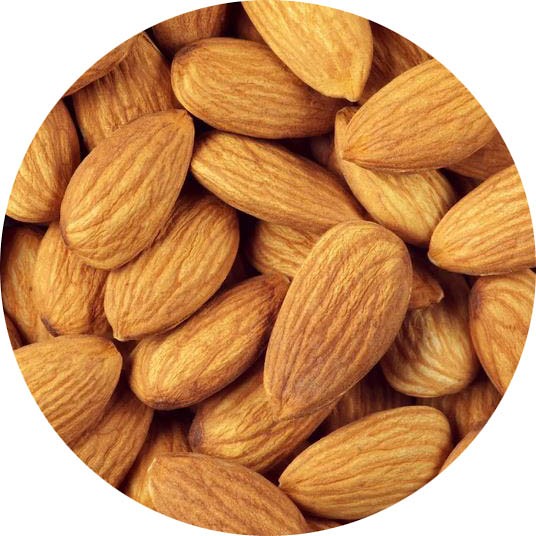
.svg)
